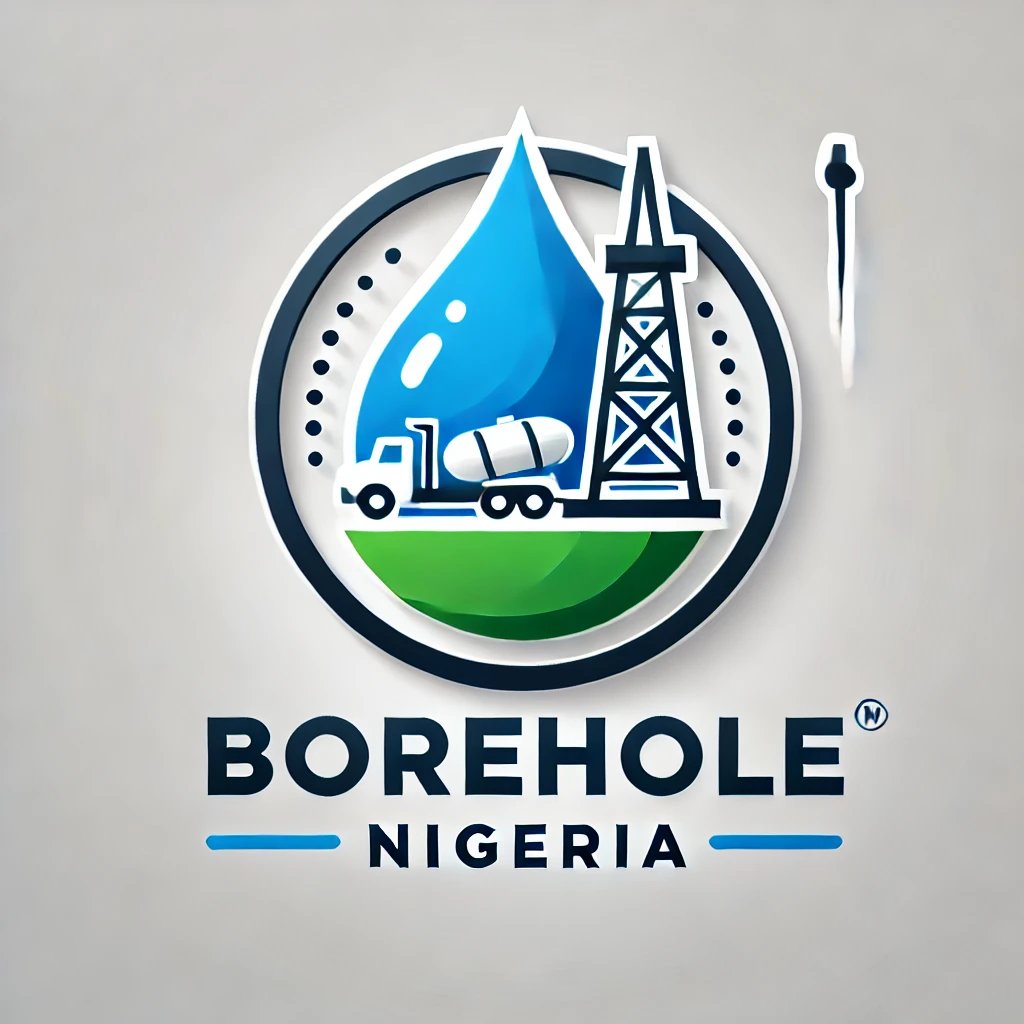Drilling a borehole in Meru, Kenya, is a worthwhile investment for ensuring a consistent and reliable water supply. Located on the northeastern slopes of Mount Kenya, Meru County has diverse geological conditions that can affect the cost of borehole drilling. The cost will depend on factors such as the location, depth of the borehole, type of soil or rock, and the equipment required. Here’s a comprehensive breakdown of the costs involved in drilling a borehole in Meru.
1. Hydrogeological Survey and Site Assessment
Before drilling begins, a hydrogeological survey is essential to determine the most suitable location for the borehole and estimate the depth needed to reach an adequate water supply. This survey is conducted by a hydrogeologist who assesses the geological conditions to avoid the risk of drilling a dry borehole.
- Cost Estimate: In Meru, a hydrogeological survey generally costs between KES 40,000 to KES 80,000 (approximately USD 270 to USD 540). The cost varies depending on the size of the land, terrain complexity, and specific site requirements.
2. Drilling Costs
The actual drilling cost forms the bulk of the total cost and varies significantly based on several factors:
- Depth of the Borehole: Boreholes in Meru typically range from 100 to 300 meters deep, depending on the underground water table and the specific location within the county. Deeper boreholes require more time and resources, thus increasing the cost.
- Geological Conditions: Meru’s geological conditions vary from soft soils in some areas to rocky terrains in others. Drilling through hard rock or volcanic rock requires more robust equipment and additional labor, which increases costs.
- Cost Estimate: The cost of drilling in Meru ranges from KES 6,000 to KES 8,000 per meter (approximately USD 40 to USD 54 per meter). For a 100-meter borehole, the cost can range from KES 600,000 to KES 800,000 (about USD 4,000 to USD 5,400). A deeper borehole of 200 meters could cost between KES 1,200,000 to KES 1,600,000 (about USD 8,100 to USD 10,800).
3. Borehole Casing and Lining
After drilling, the borehole must be lined with casing to prevent the walls from collapsing and to protect the water from surface contamination. The casing material can be either PVC or steel, with steel being more durable but more expensive.
- Cost Estimate: The cost of casing ranges from KES 2,000 to KES 4,000 per meter (approximately USD 14 to USD 27 per meter). For a 100-meter borehole, this would add an additional KES 200,000 to KES 400,000 (about USD 1,350 to USD 2,700).
4. Water Yield Testing and Quality Analysis
After drilling and casing are complete, it’s necessary to conduct water yield testing to determine the flow rate and sustainability of the water source. Additionally, water quality analysis is conducted to ensure the water is safe for drinking and other uses.
- Cost Estimate: The cost for water yield testing and quality analysis is typically between KES 30,000 to KES 50,000 (approximately USD 200 to USD 340).
5. Pump Installation
To extract water from the borehole, a pump installation is required. The type of pump—submersible or surface—depends on the borehole’s depth and yield. Submersible pumps are commonly used for deeper boreholes and are more efficient but also more costly.
- Cost Estimate: The cost of installing a submersible pump, including piping and fittings, ranges from KES 150,000 to KES 300,000 (approximately USD 1,000 to USD 2,000).
6. Electrical Connections and Plumbing
After the pump is installed, electrical connections must be made to power the pump. Plumbing work is also needed to connect the borehole to a water storage or distribution system, including trenching, laying pipes, and connecting to water tanks or other facilities.
- Cost Estimate: Electrical and plumbing installation costs can range from KES 50,000 to KES 200,000 (approximately USD 340 to USD 1,350), depending on the distance to the storage system and the complexity of the setup.
7. Water Storage and Filtration Systems
To ensure a reliable supply of clean water, especially in areas where water quality may vary, installing a water storage tank and filtration system is recommended. The size of the tank (from 1,000 liters to 10,000 liters) and the type of filtration system will impact the overall cost.
- Cost Estimate: A water storage tank and filtration system can cost between KES 100,000 to KES 300,000 (approximately USD 680 to USD 2,000).
8. Total Cost Estimate for Borehole Drilling in Meru, Kenya
Taking all these factors into account, the total cost of drilling and equipping a borehole in Meru generally ranges from KES 1,200,000 to KES 3,500,000 (approximately USD 8,100 to USD 23,500). The final cost will vary depending on the depth of the borehole, geological conditions, and additional infrastructure such as water storage and filtration systems.
9. Additional Considerations
- Maintenance Costs: Regular maintenance is essential to ensure the borehole remains functional and the water quality is safe. This includes annual inspections, pump servicing, and occasional water testing. Annual maintenance costs can range from KES 20,000 to KES 100,000 (approximately USD 135 to USD 680).
- Permits and Regulations: Drilling a borehole in Kenya requires permits from local water authorities and compliance with environmental regulations. It’s important to consult with local authorities to avoid fines or legal issues.
- Seasonal Variations: Drilling costs can vary based on demand and season. It is often more cost-effective to drill during the dry season when the water table is more stable.
Conclusion
Drilling a borehole in Meru, Kenya, is a sound investment for securing a reliable water supply for residential, agricultural, or commercial purposes. While the initial costs can be high, the long-term benefits of having an independent water source far outweigh the expenses. To ensure you get the best value for your investment, obtain quotes from multiple reputable drilling companies and make sure their pricing covers all necessary components to avoid hidden costs. This approach will help you plan effectively and ensure a successful borehole installation tailored to your needs.
